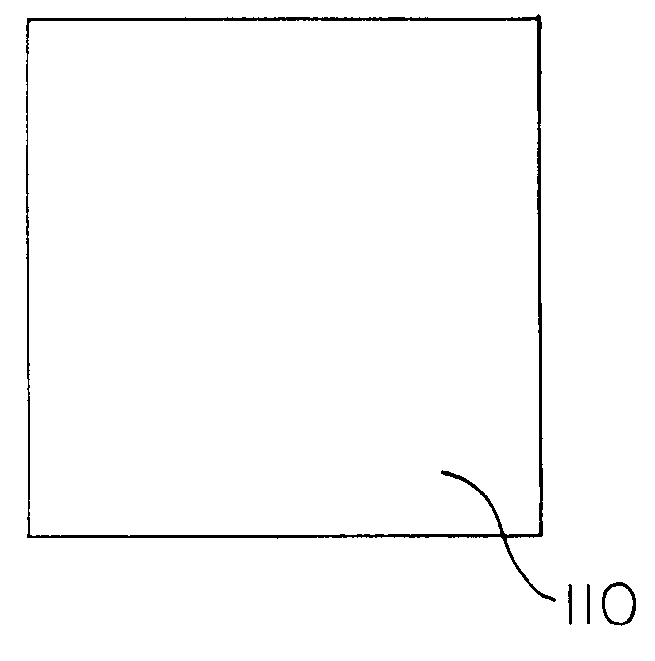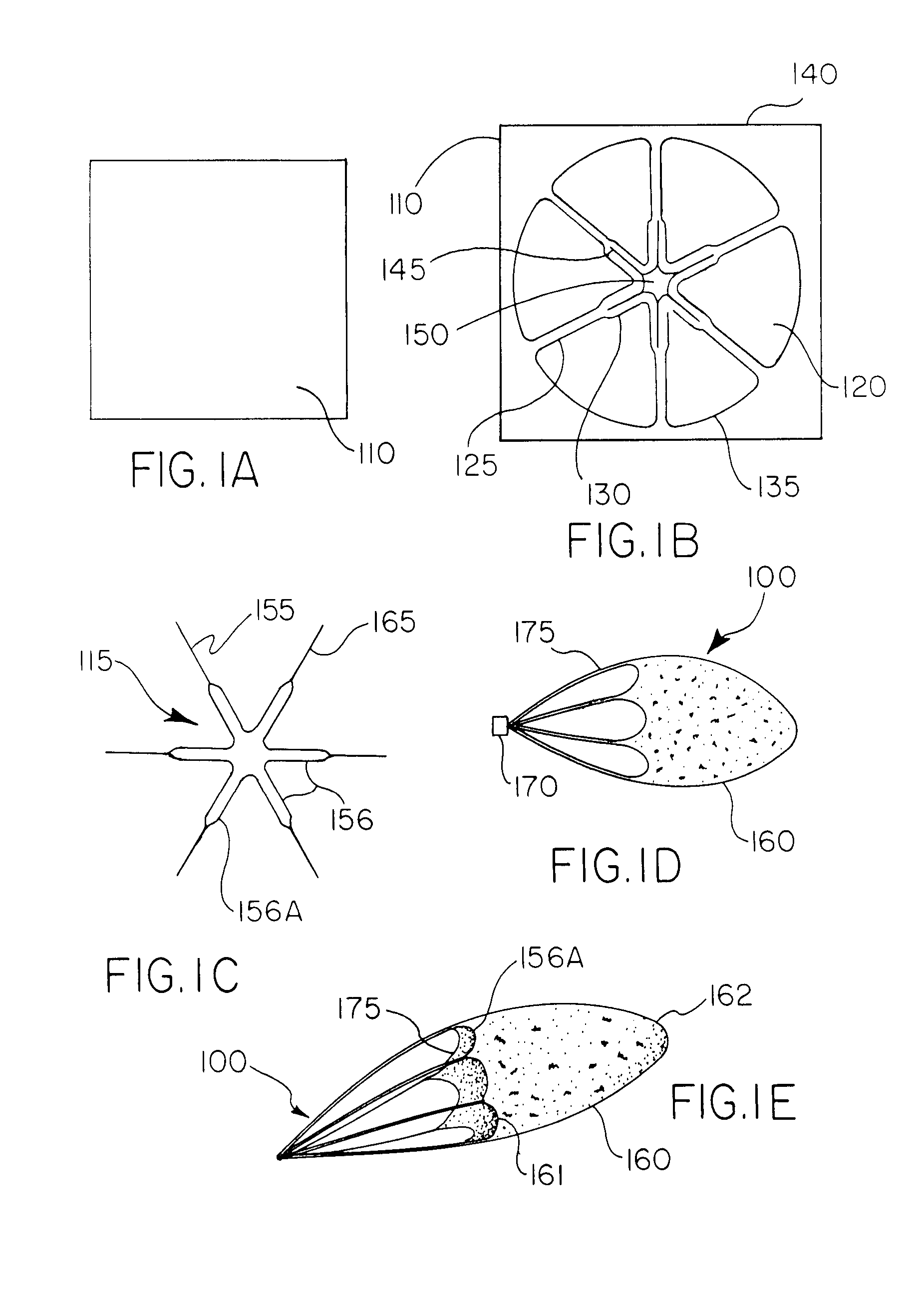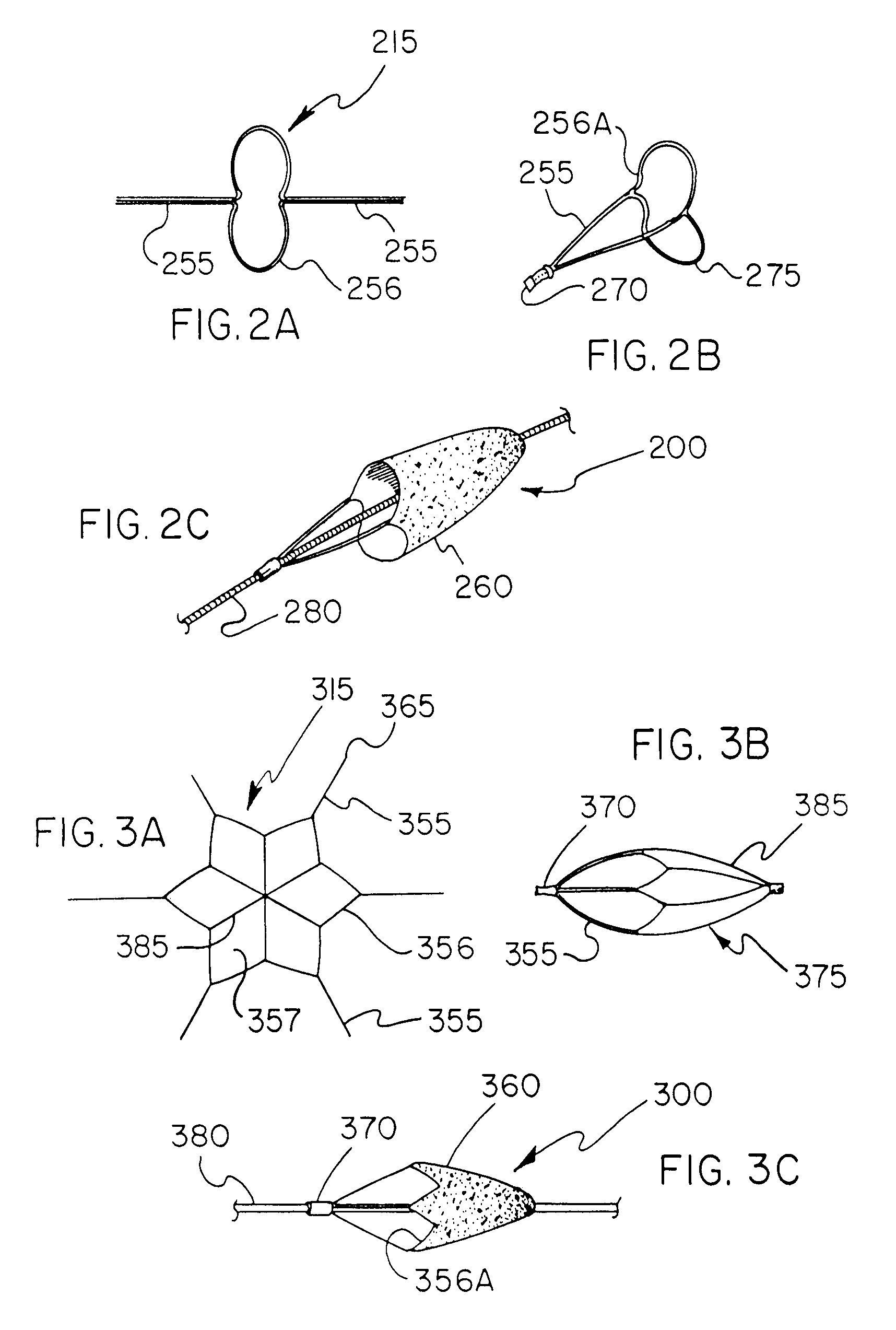Methods of manufacture and use of endoluminal devices
a technology of endoluminal devices and manufacturing methods, applied in the field of seamless endoluminal devices, can solve the problems of cell ischemia and/or death, increase the mortality of patients with significant coronary disease (18%), and surgery, etc., to achieve sufficient radiopaque and increase the capture efficiency
- Summary
- Abstract
- Description
- Claims
- Application Information
AI Technical Summary
Benefits of technology
Problems solved by technology
Method used
Image
Examples
example 1
Nitinol Sheet Filter Frame and Integral Tethers
[0127] A radially-symmetric geometrical pattern comprising interconnected struts forming closed polygonal shaped cells was chemically etched from a sheet of Nitinol (NiTi) to produce a skeletal filter frame. The etching, preferably photoetching of Nitinol (Kemac Technologies, Irwindale, Calif.) is continued to achieve a desirable material thickness, to optimize the moment of inertia of the struts and to polish the surface finish.
[0128] This filter frame is then subjected to a thermal treatment to set the phase transition temperature of the NiTi to approximately 37° C. by heating the filter frame to a temperature of about 450° C. for about 10 minutes in an air convection oven (Carbolite Corporation, Sheffield, England) followed by a rapid quench in ambient temperature water.
[0129] The NiTi filter frame was then laminated between two (2) layers of an adhesive-coated porous polymer. The layers were positioned with the adhesive sides fac...
example 2
Nitinol Tube Filter Frame and Integral Tethers
[0133] A 1.3 mm Nitinol tube with a wall thickness of approx 0.1 mm (obtained from Nitinol Devices and Components, Fremenot, Calif.) was laser cut (Laserage Technologies Inc, Waukegan, Ill.) to a single, undulating 6 apex ring geometry with integral tethers. This frame was then lightly grit blasted at 40 psi with 20 micron silicon carbide media in a grit blasting machine made by Comco Inc, Burbank, Calif. The ring with integral tethers was then gently pushed up a tapered mandrel until it achieved a functional size of approx. 6 mm. The ring, tethers and mandrel were then subjected to a thermal treatment to set the phase transition temperature of the NiTi to approximately 37° C. in an air convection oven (Carbolite Corporation, Sheffield, England) One skilled in the art will realize that variances in the geometry, metallurgy, thickness and heat treating of the filter frame can all be varied to create alternate embodiments with varying des...
PUM
 Login to View More
Login to View More Abstract
Description
Claims
Application Information
 Login to View More
Login to View More - R&D
- Intellectual Property
- Life Sciences
- Materials
- Tech Scout
- Unparalleled Data Quality
- Higher Quality Content
- 60% Fewer Hallucinations
Browse by: Latest US Patents, China's latest patents, Technical Efficacy Thesaurus, Application Domain, Technology Topic, Popular Technical Reports.
© 2025 PatSnap. All rights reserved.Legal|Privacy policy|Modern Slavery Act Transparency Statement|Sitemap|About US| Contact US: help@patsnap.com



